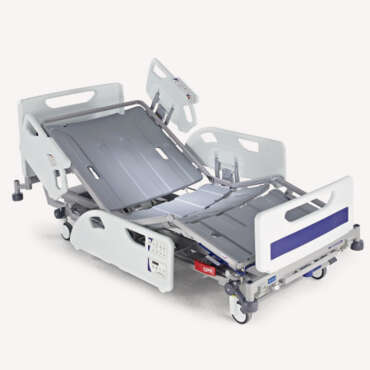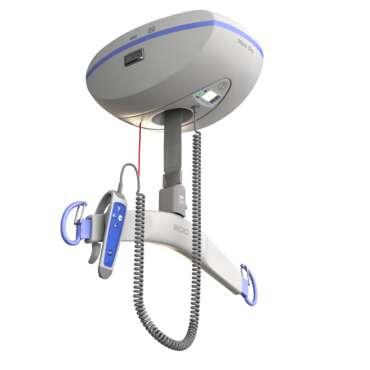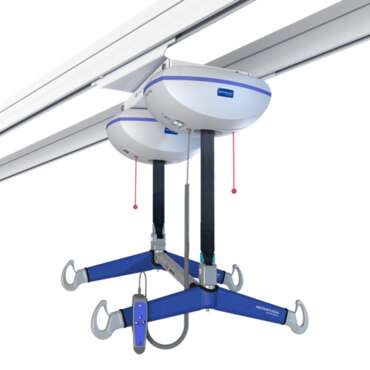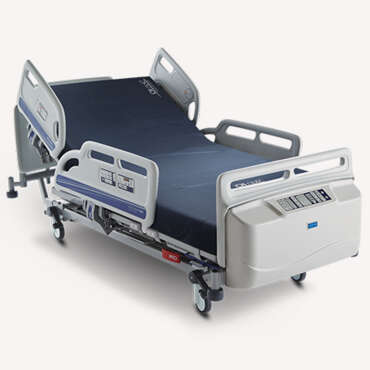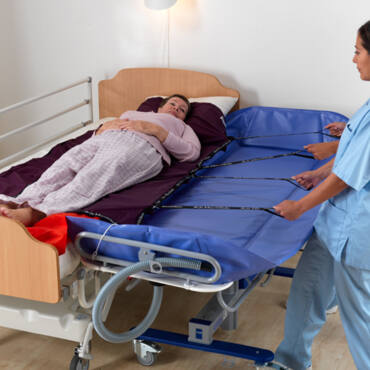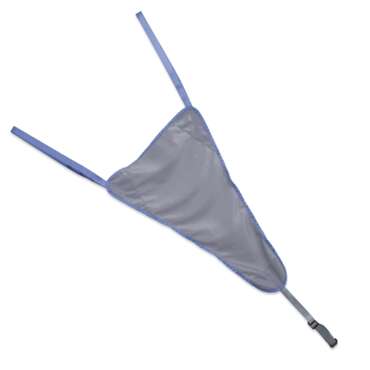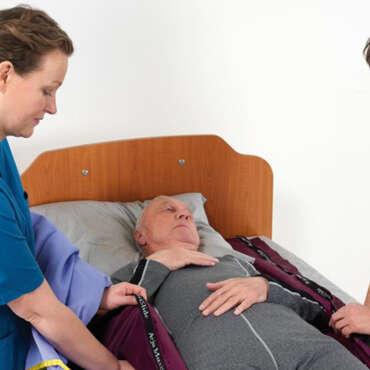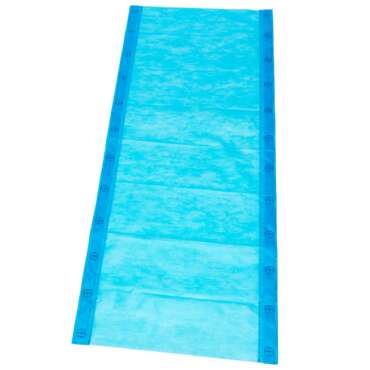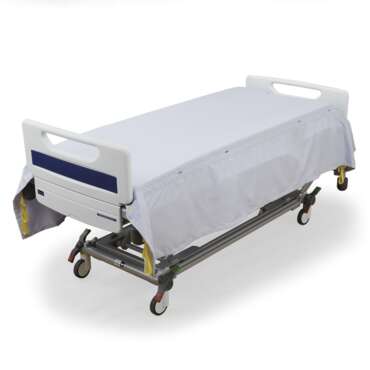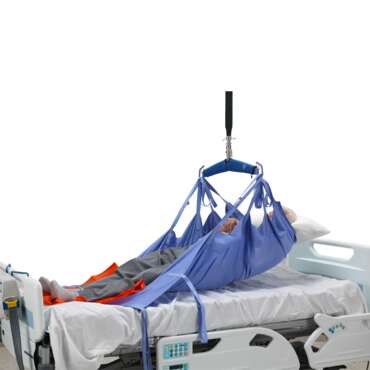
Obrót do leżenia na brzuchu i z powrotem
Pozycja leżąca na brzuchu wymaga obrócenia pacjenta na klatkę piersiową. Może się to wydawać prostym zadaniem. Jednak personel medyczny wie, że manewr ten bywa skomplikowany i pracochłonny i może narazić zarówno pacjentów, jak i opiekuna na ryzyko wystąpienia urazów.
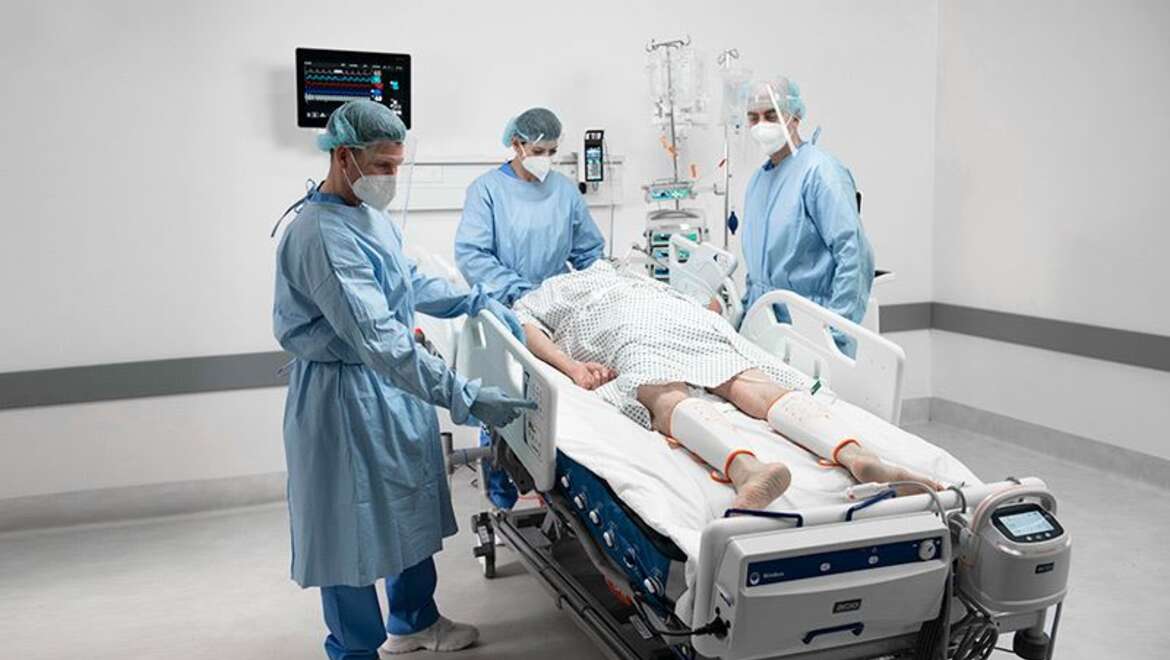
Ryzyko dla pacjenta
Źródła
- Papazian, L., C. Aubron, L. Brochard, J. Chiche, A. Combes, D. Dreyfuss, J. Forel, C. Guérin, S. Jaber, A. Mekontso-Dessap, A. Mercat, J. Richard, D. Roux, A. Vieillard-Baron i H. Faure. 2019. Formal guidelines: management of acute respiratory distress syndrome. Annals of Intensive Care, 9(1).
- Bamford, P. et al. 2019. Guidance For: Prone Positioning in Adult Critical Care. Intensive Care Society and Faculty of Intensive Care Medicine.
- Richardson et al. 2019. Perspectives on preventing musculoskeletal injuries in nurses: A qualitative study. Nursing Open.
- Wiggermann, N., J. Zhou i N. McGann. 2020. Effect of Repositioning Aids and Patient Weight on Biomechanical Stresses When Repositioning Patients in Bed. Human Factors: The Journal of the Human Factors and Ergonomics Society.
- Guerin C. et al. 2013. Prone positioning in severe acute respiratory distress syndrome. N Engl J Med.
- Girard, R., L. Baboi et al. 2014. The impact of patient positioning on pressure ulcers in patients with severe ARDS: results from a multicentre randomised controlled trial on prone positioning. Intensive Care Med.

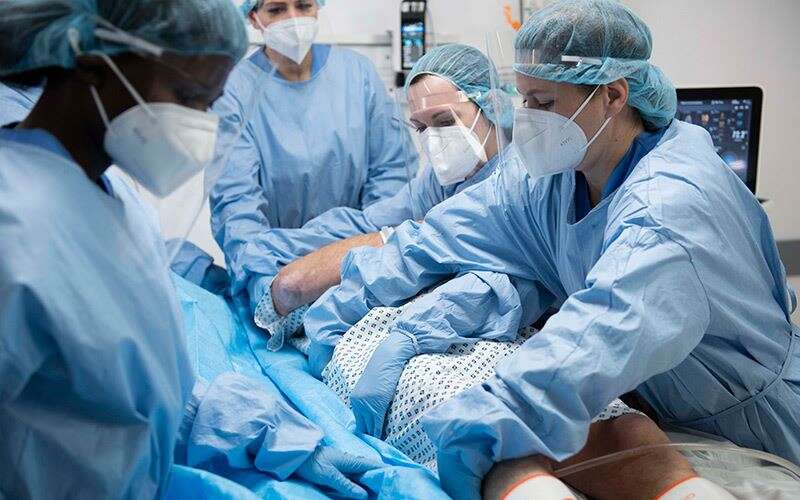
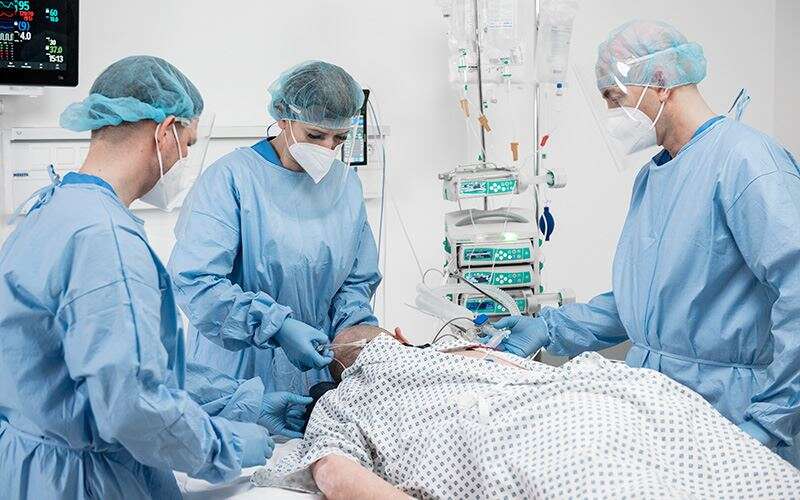
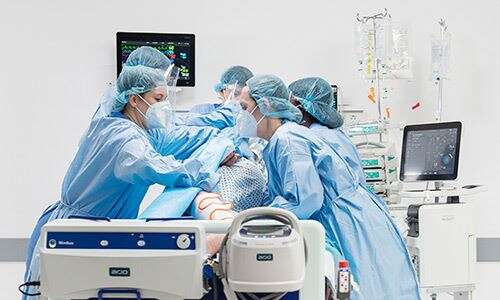
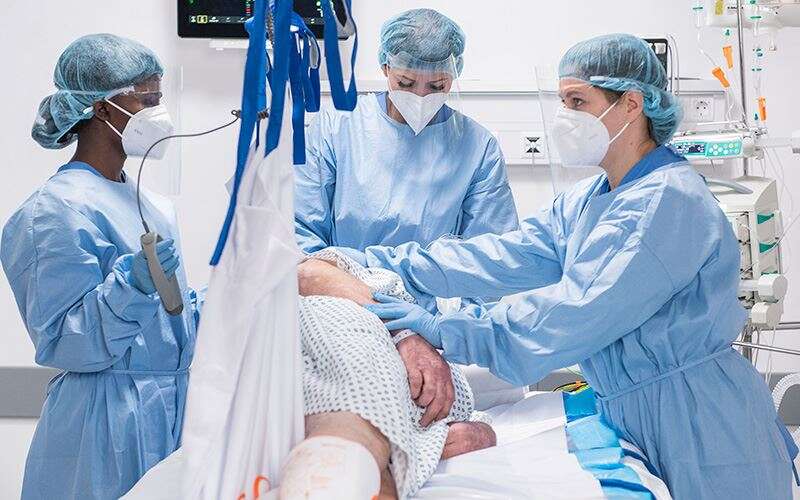
_Product_Node_Hero_Image.jpg)
